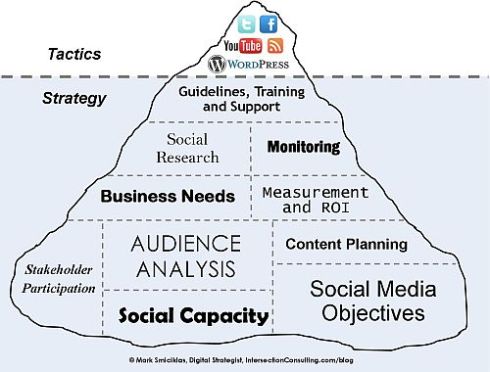I was recently introduced by a long-time friend to a CEO of a local company, a man at the helm of the family corporation established by his father. One thing that struck me during our conversation–and as an observation during my stay at the corporate premises–was that this man recognizes family strength and deeply believes in the benefits of innovation derived from learning and in adopting advancing technologies in the industry they vie in.

Jewish family working on garters in kitchen in tenement home, November 1912 (New York City). TRiver | Flickr | U.S. Library of Congress
From Offline to Online
I can sense that the business is something the CEO would defend at all cost from competitors’ slaying tactics and strategies. The business is his life. It would likely be so for his children and his family’s next generations. The corporation’s C-suite is composed of siblings or close family relatives. And the rest of the company–its employees–are treated as family members.
The company inculcates in its employees the values of the family–the company’s aspirations to continuously grow and progressively succeed.
The company is home-grown and regarded as among the leaders in its industry. It competes toe-to-toe with a multinational corporation, which is the acknowledged leader in the local market. And it is about to launch a wave of new offerings with an upgrade of equipment that are cutting-edge in the industry. For the CEO, that also means adopting the soft component of technologies to extend reach and engage with its b2b market–bringing the business through its bricks-and-mortar network online through social media.
The pathways to the decision to adopt social media wasn’t easy. In an initial round of conversations among company staff members, the dilemma was in identifying who should run the company’s online presence.
As most companies would do in starting to conduct business and engage customers online, the obvious choice is to tap function units in the organization with key employees who speak the language of the trade at marketing and technical levels and are themselves, in their personal capacities, already online with their social or professional networks.
There are but two key staff members who they think are eligible.
I asked what the universe of the company’s networks are. At least 4,000 individuals and entities. Even with an ideal engagement ratio of 1:50–or 1:400 ratio in their case, with two key company staff members–that is going to be trying. But perhaps not for long if the company frames the fit for it to go social online.
The Prerequisites
One thing going for this company is that it listens. Listening is among the first steps toward adopting and innovating use of social media. The next and greater aspect to listening is being open and willing to experiment. And the third and greatest is an incessant drive to set standards no one else has–not even customers. This is a standard it sets onto itself.
In the course of the conversation, the CEO raised his concern about a 2% quality failure at their labs. He wanted to get the figure down. As an experiment, he “challenged” the production line staff to take on a wager that for a below 2% rejection rate sustained daily, he would put a part of his monthly salary to a pool of incentives that the staff can partake. This brings to fore the second point about listening: opening up opportunities and motivating people to innovate at shop-floor level.
But the 2% figure has remained to be so even after the challenge. So our CEO is moving on to a next experiment with a question: What if we can go below 1%? This is now finding innovations in the company that would approximate zero-defect in his production labs. Compared to the closest multinational competitor’s quality failure of 10%, this is setting a gold quality standard in the industry.
Having listened well, having been open to learning and willing to experiment and seeking to establish a gold quality standard, our CEO and his company then deliver the incomparable advantage the competition will not and cannot ever provide the market, i.e., offering customers a replacement of damaged merchandise from its production lab errors. Competition, on the other hand, asks customers to sign a waiver of claims from damages.
Online to One’s Roots
Just how long would it be trying for this company to take on being social with its networks online? The answer lies in its ability to find the natural fit of its corporate values to use social media in any of its business processes–inside the company and outward toward its customers, whether in marketing or in the entire value chain of the business.
The foundation to succeed, to sustain success, and to be able to simultaneously innovate with adoption of social media is to practice it along deep company values and teach others in the company to do it in contexts that fit the corporate culture. A culture that then ripples out to its business networks–on- or offline.
In dealing with the social markets, a shared positive culture that reflects the company and one that goes beyond the walls of its offices have great potential for rewards.
Empowered: Unleash Your Employees, Energize Your Customers, and Transform Your Business | Josh Bernoof & Ted Schadler
Control in an Age of Empowerment | Robert Simons
Sharing Leadership to Maximize Talent | Marshall Goldsmith
Why You Should Have a Hyperlocal Facebook Strategy | Jan Rezab
The Obvious But Uncomfortable Way Your Company Culture is Judged | Amber Naslund




